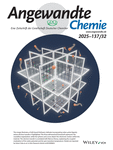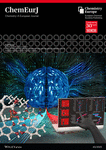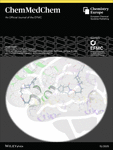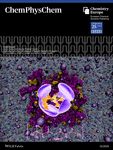Journal list menu
Press Release
Angewandte Chemie International Edition ,
doi: 10.1002/anie.201505155
Nr. 38/2015
September 16, 2015
Enzymatic Micromotor-Driven CO2 Sequestration in Water
CO2 capture and mineralization in seawater by enzymatic conversion into carbonate with the help of a self-propelled microengine
Contact: Joseph Wang, University of California, San Diego (USA)
Registered journalists may download the original article here:
Micromotor-Based Biomimetic Carbon Dioxide Sequestration: Towards Mobile Microscrubbers
Rapid decontamination of an aqueous solution by a freely moving microscrubber: this scenario has been realized by American scientists for the sequestration of CO2 from water. In the journal Angewandte Chemie, they introduce their concept of enzymatic conversion of CO2 into solid calcium carbonate, which is greatly facilitated by the use of self-propelled micromotors that act as a movable enzyme support.
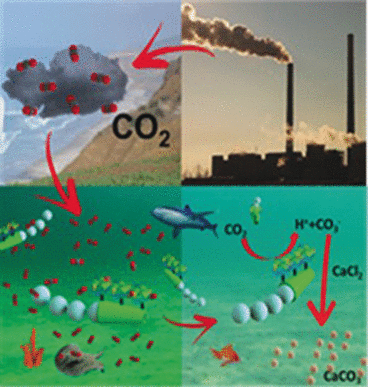
© Wiley-VCH
The on-site mineralization of the gaseous CO2 into solid and durable carbonate salts is one of the options that scientists consider feasible for tackling the issue of the ongoing and massive man-made release of carbon dioxide by the combustion of fossil fuels. Calcium carbonate is one of the preferred storage forms for CO2, and marine organisms have piled up layers of calcium carbonate as thick as mountains by bioconversion of carbon dioxide over millions of years, However, the uncatalyzed formation of carbonates from carbon dioxide in aqueous environments is too slow to be practically applicable for large-scale CO2 sequestration by man. Joseph Wang and his group at the University of California, San Diego, have now greatly speeded up this conversion by a cunning chemical-nanoengineering approach. "Our approach combines the biocatalytic activity of carbonic anhydrase [a zinc metalloenzyme that catalyzes the hydration of CO2 to form bicarbonate] with the self-propulsion of chemically powered micromotors through CO2-saturated samples to act as highly efficient mobile biocatalytic microscrubbers," they write. The main advantage of this method is the automatic self-mixing and scrubbing of the reaction solution just by adding environmentally friendly hydrogen peroxide, the "fuel" of the micromotors.
As the micromotors, the scientists used a six micrometer sized tube made of a modified polymer. At its inner surface, the hydrogen peroxide is catalytically converted into water and oxygen gas. It is the thrust of the oxygen gas bubbles that pushes the microtube into a forward movement. At the outer surface of the tube the scientists anchored the carbonic anhydrase enzyme. Fueled by hydrogen peroxide, this enzyme-micromotor combination propels through the aqueous solution like a submarine, reaching the impressive speed of more than 100 micrometers per second, or eighteen times its length, the authors write. But the speed is not the only advantage of the submarine microscrubber, the chemical anchoring of the enzyme on the micromotor surface also grants the enzyme's stability for CO2 hydration.
Tested in action, the microscrubber decontaminated the CO2-containing test solutions, including seawater, efficiently within several minutes. Which sounds like a man-made attempt to pile up calcium carbonate rocks again.
(2924 characters)
About the Author
Joseph Wang is SAIC Endowed Chair, Distinguished Professor, and Chair of Nanoengineering at the Department of Nanoengineering at UCSD, La Jolla, California. His group's research activity focuses on the field of nanobioelectronics with particular attention given to the development of advanced nanomotors, nanorobots and nanoactuators, bioelectronics and electrochemical biosensors, wearable sensor systems, and advanced materials for energy harvesting. Prof. Wang, who has received numerous prestigious awards and was counted among the world's most influential scientists in 2014, is director of the center of wearable sensors at UCSD.






